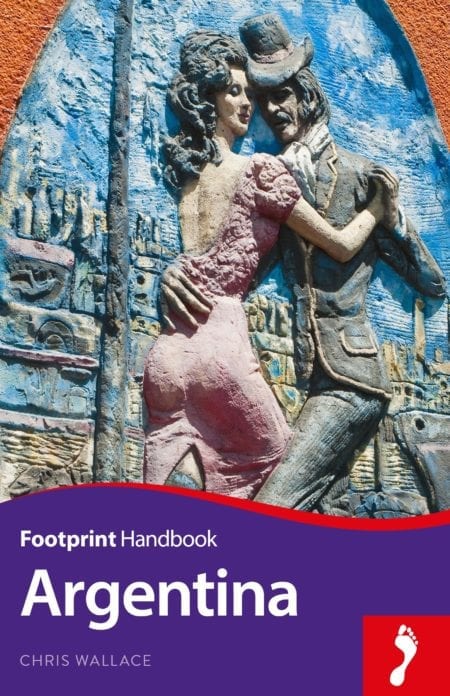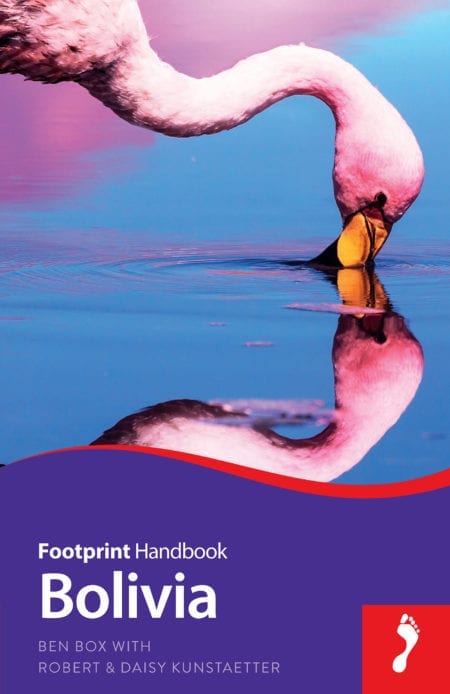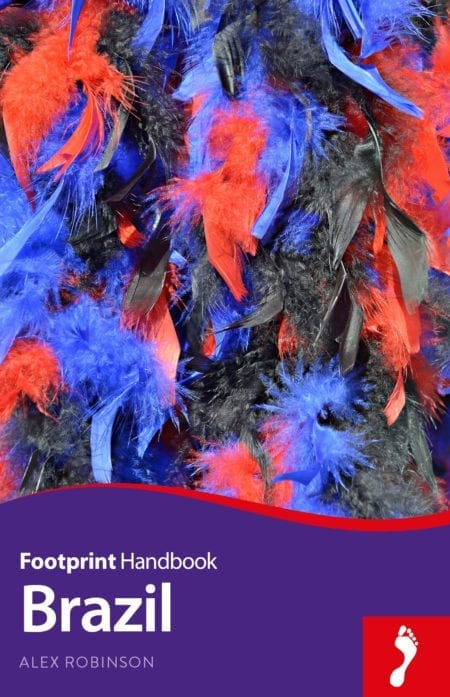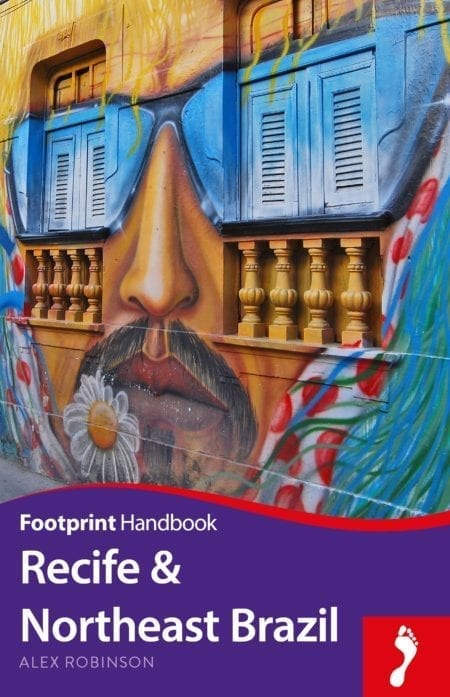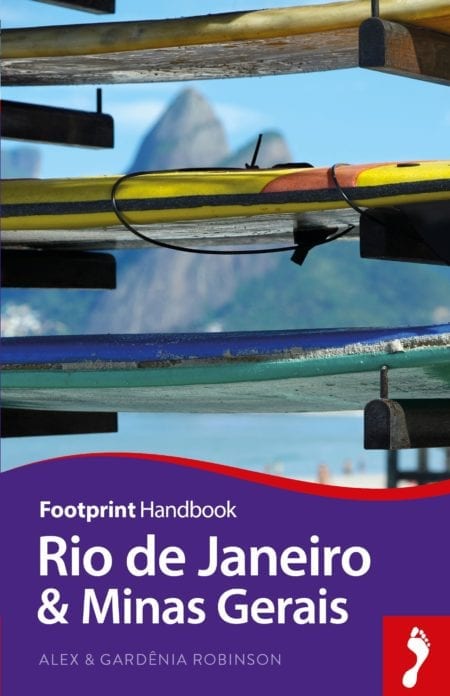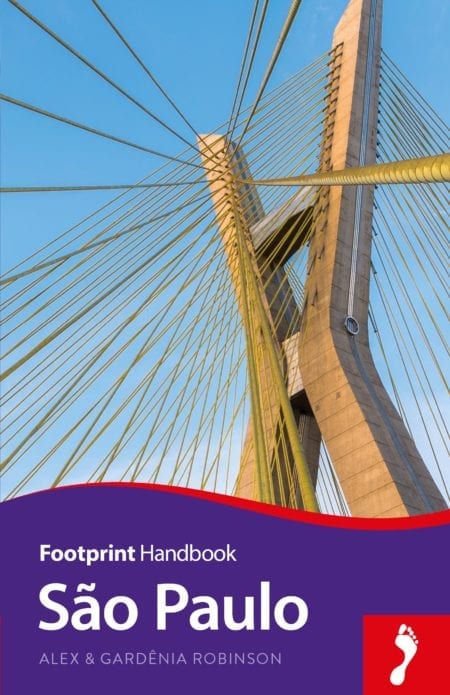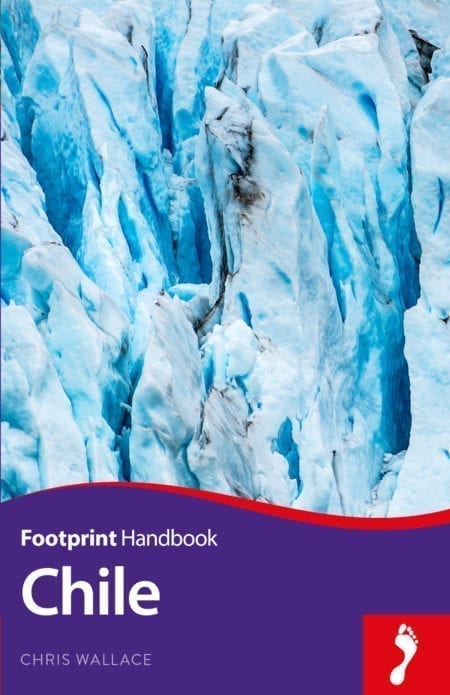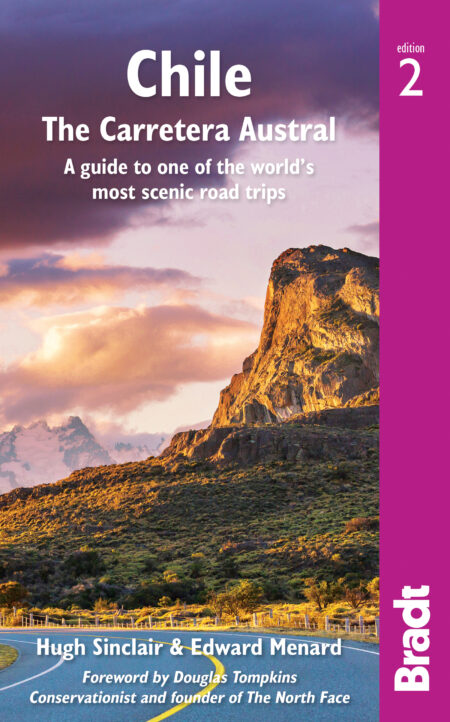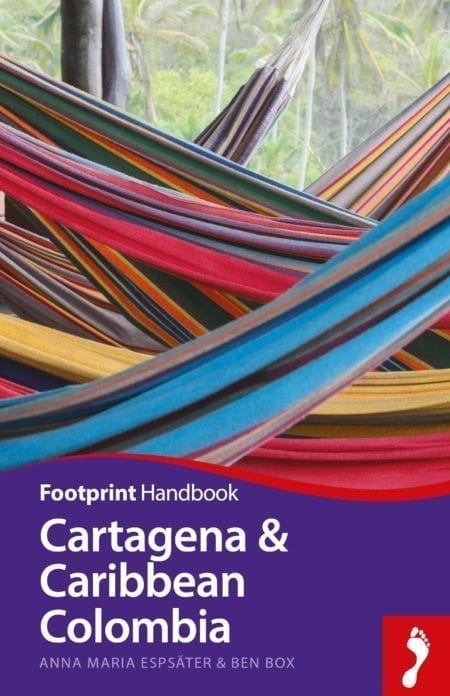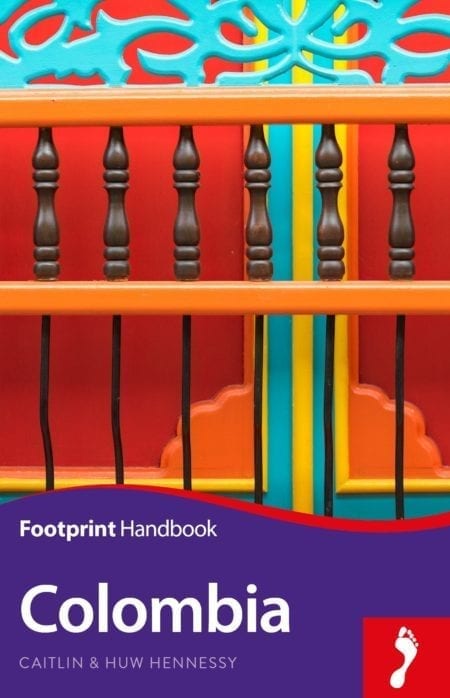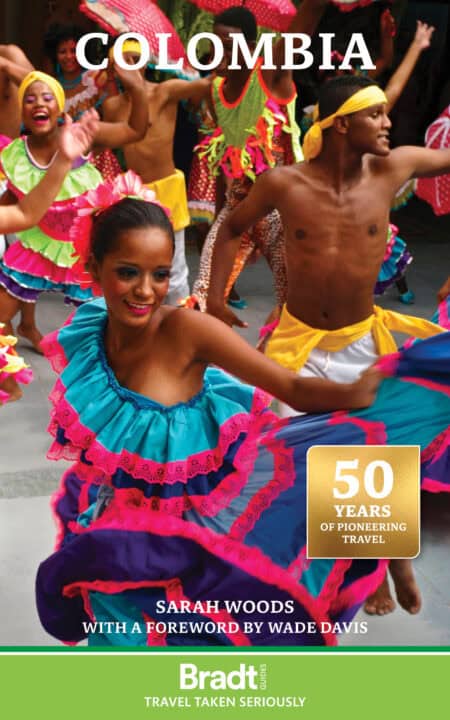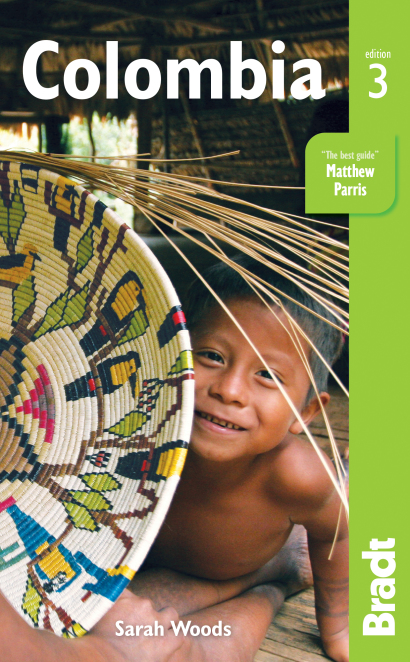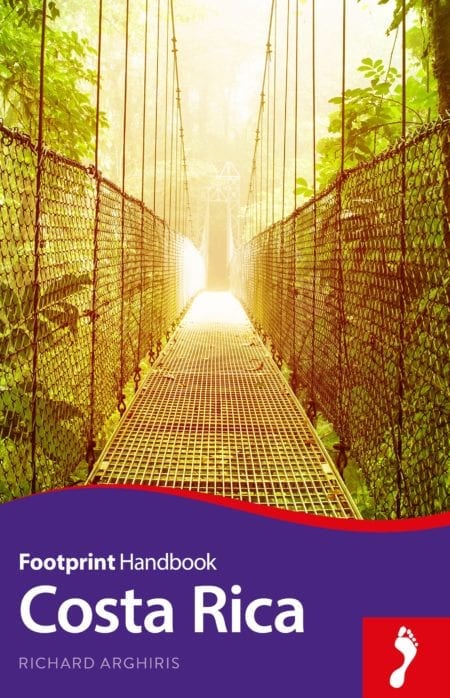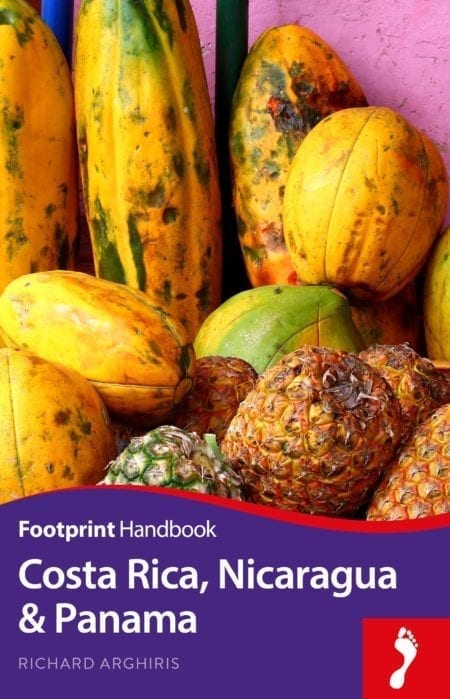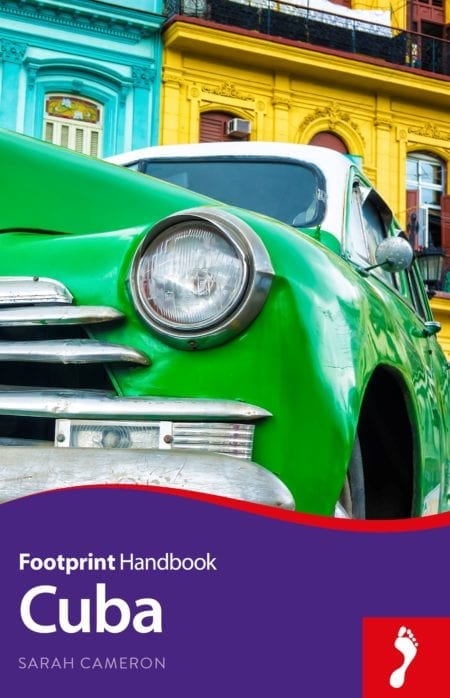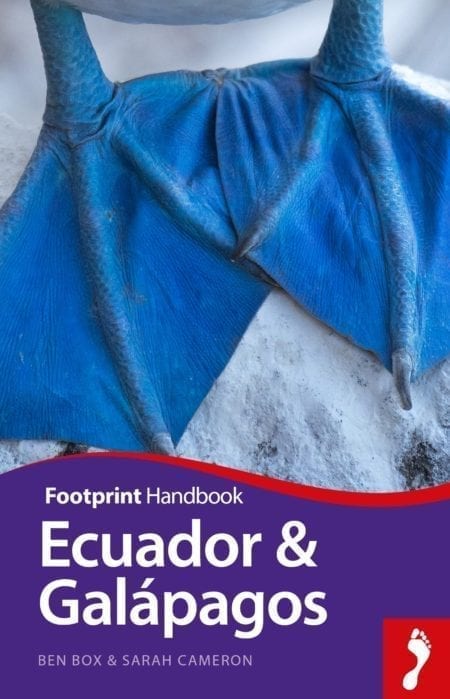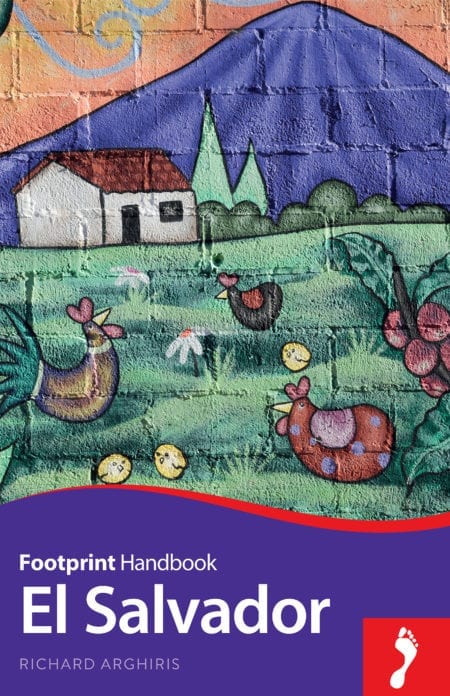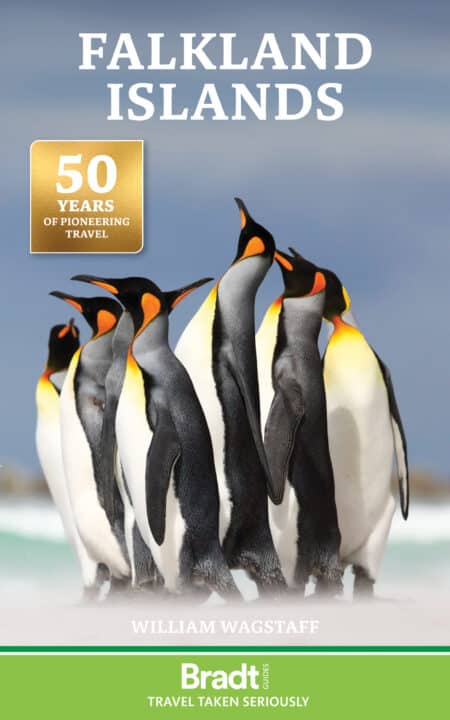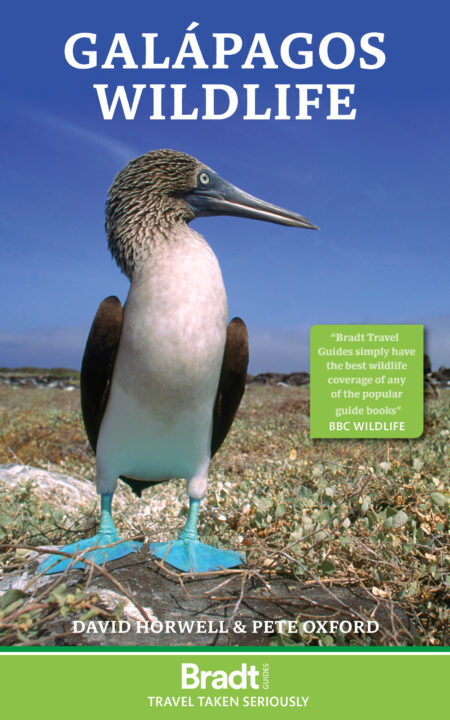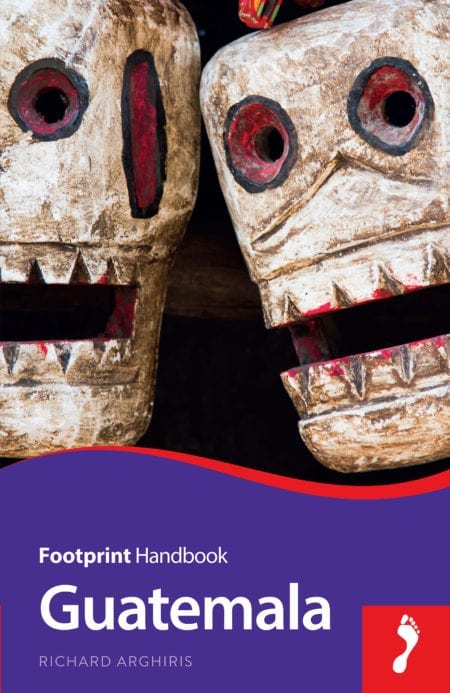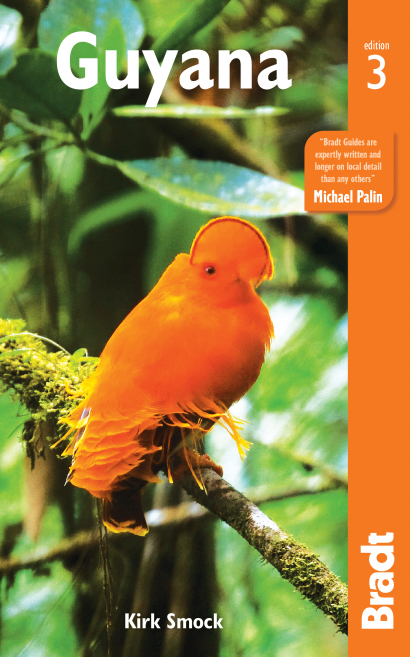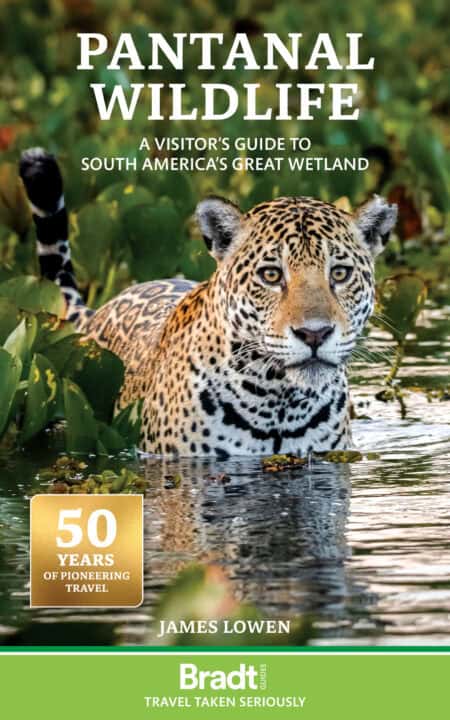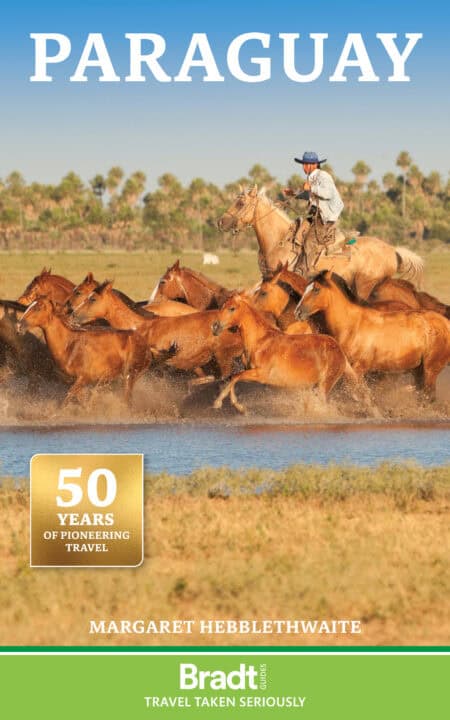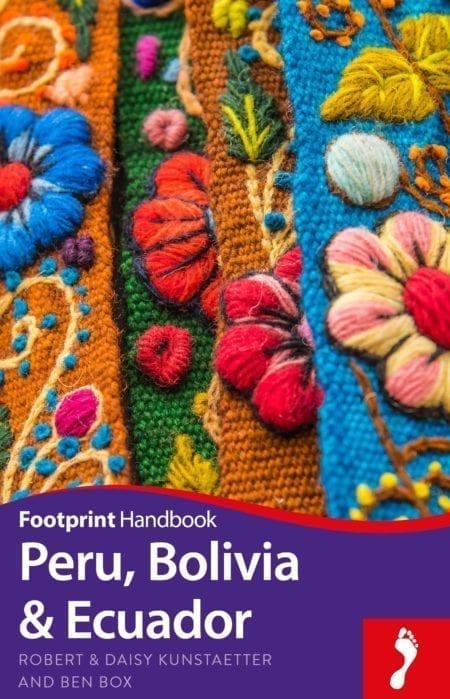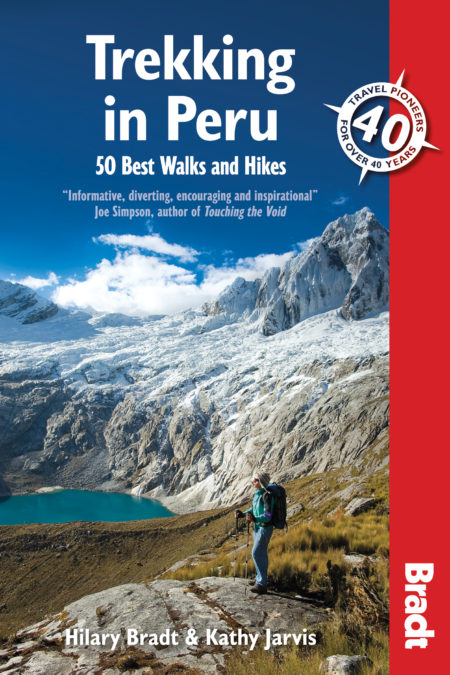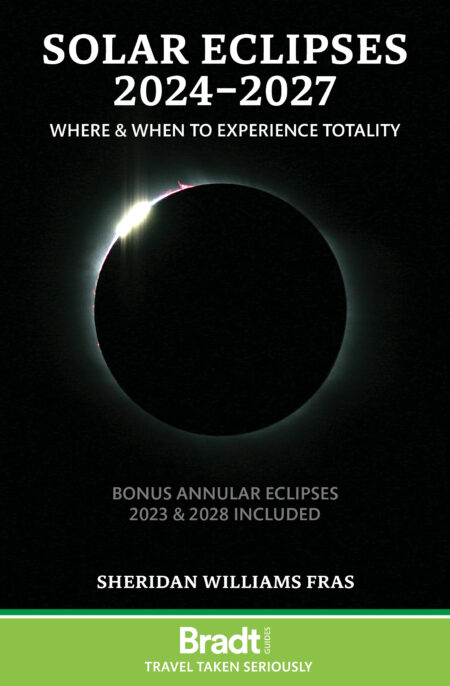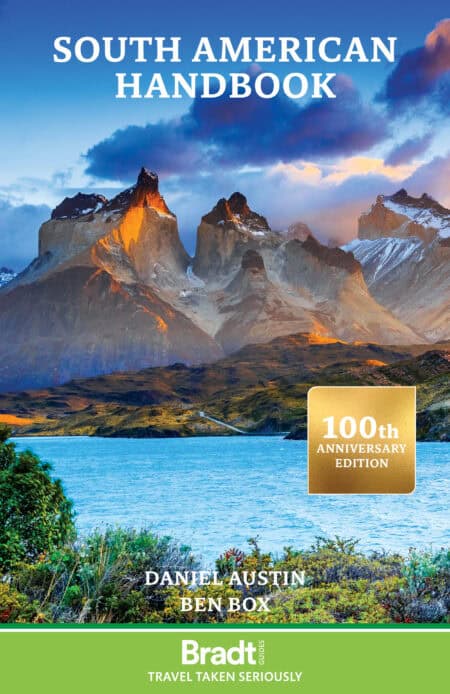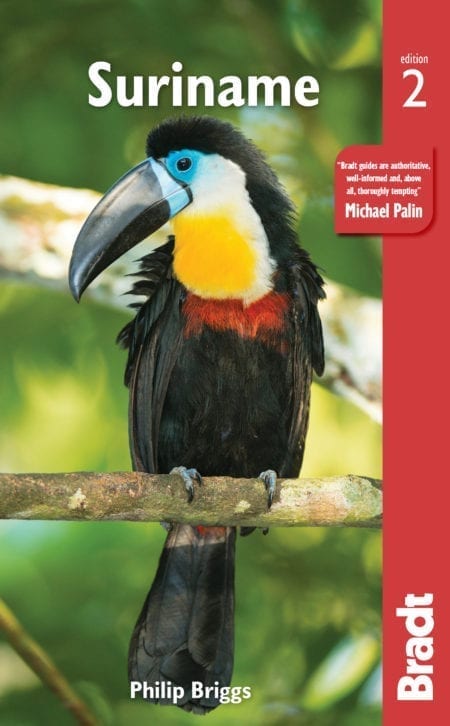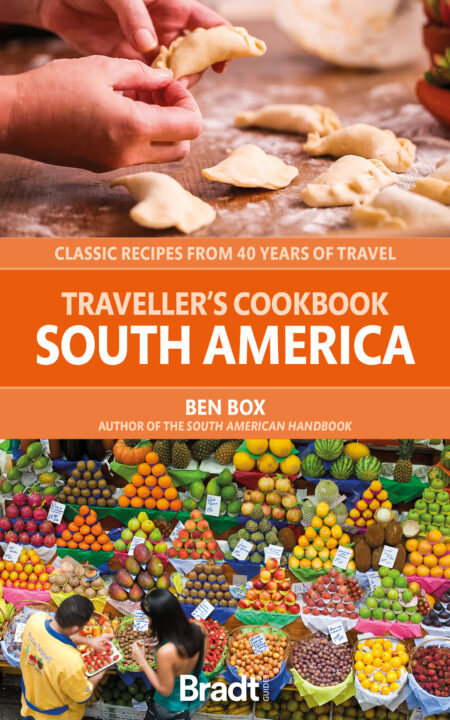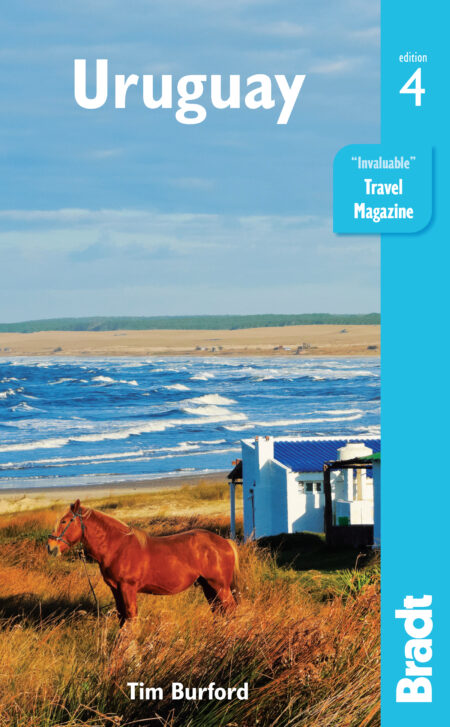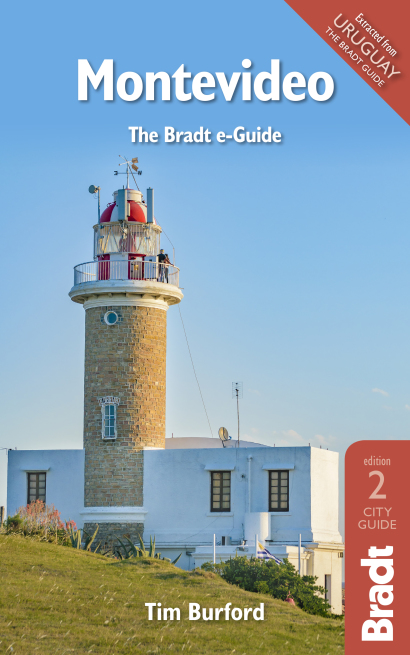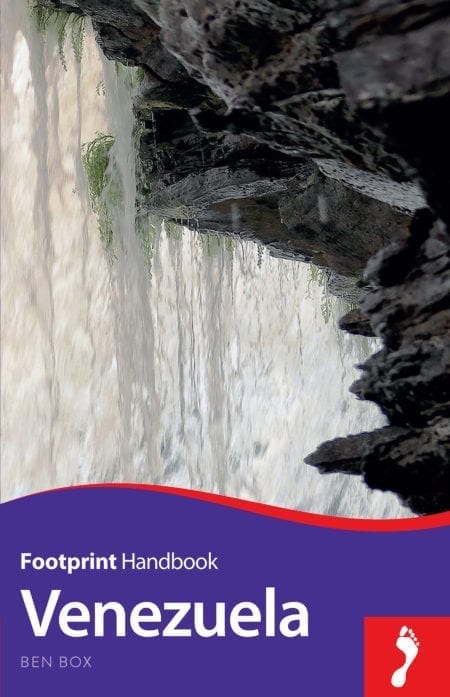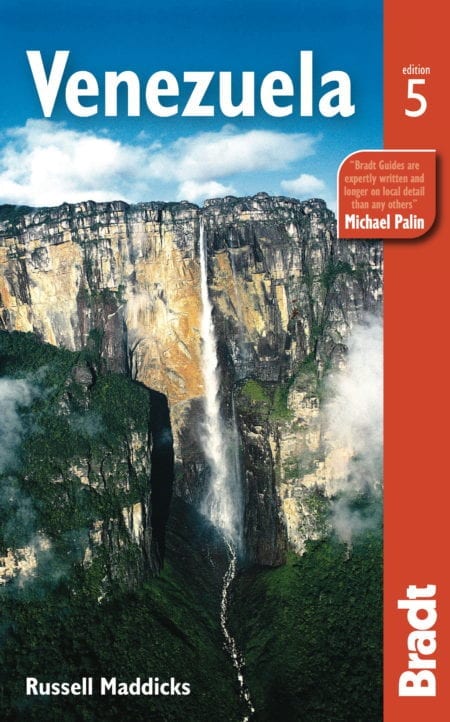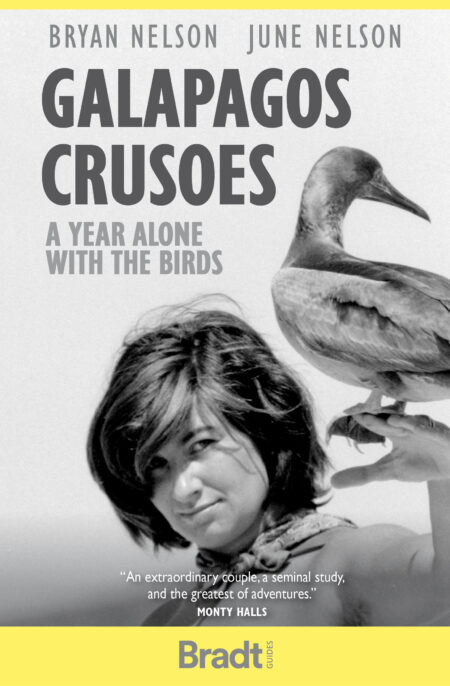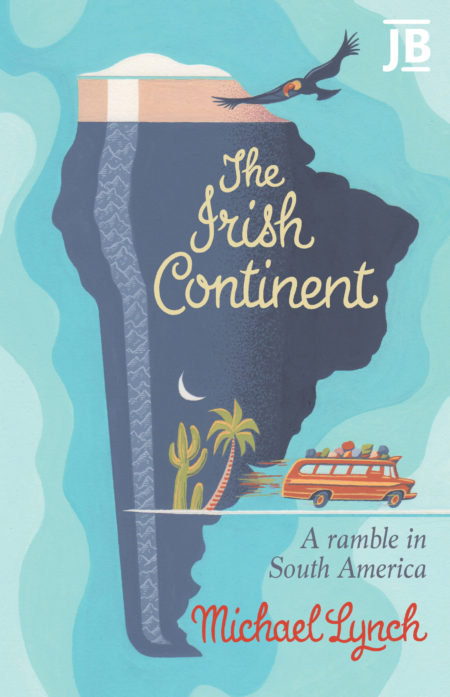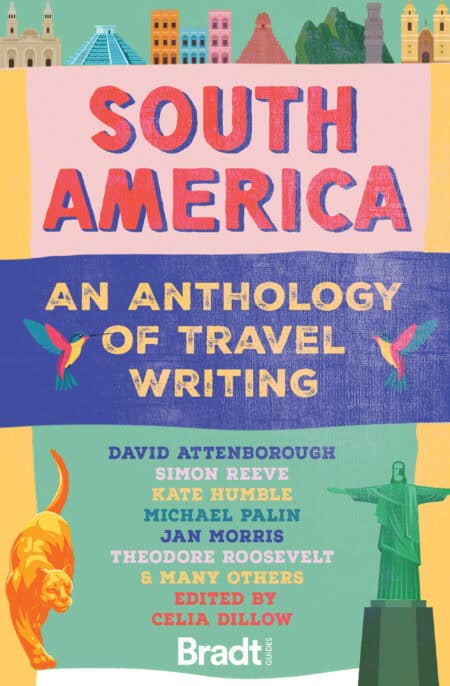Central and South America holds a special place in my affections. In 1969 I journeyed through Mexico and Central America to Peru, and returned in 1973 to spend 18 months travelling from Colombia to Tierra del Fuego (with diversions to the Galapagos and Falkland Islands) before heading up through Brazil. The very first Bradt guide,Backpacking along Ancient Ways in Peru and Bolivia, was conceived, written and published during that long trip.
Hilary Bradt
The Pan-American Highway runs along the length of Mexico and Central America, allowing a determined driver to reach Panama’s Darien Gap in a couple of days. Yet the five countries that make up the skinny strip of land separating the Pacific and the Caribbean contain as much variety as you’ll find in the great expanse of South America.
Here, in Guatemala, Belize, El Salvador, Honduras, Costa Rica and Panama, are active volcanoes, rugged mountains, rainforest with rich and accessible wildlife, and the remnants of the great Mayan Empire. And separating Panama from its southern neighbour is the Darien Gap. Hilary Bradt and her then husband, George, crossed this roadless tract of jungle by river and on foot in 1979 and were the first to describe the experience and give detailed directions in Backpacking in Mexico & Central America. Bradt’s Panama guide gives a present-day flavour of this surprisingly unspoilt country, where beaches and rainforest vie for attention with the colourful Kuna people.
Bradt reaches parts other travel publishers don’t reach.
The Independent
If Central America is for holidaymakers with limited time, South America can only be sampled in small helpings unless you are lucky enough to have months at your disposal. But what a continent it is! It’s impossible to avoid hyperbole when considering the mighty Andes, where you can trek and climb 6,000m snow peaks; or the world’s largest river, the Amazon, and its accompanying expanse of rainforest; or the wetlands of Venezuela and Brazil, with their jaguars and waterfowl. Guyana has the largest percentage of rainforest of any South American country, whilst in contrast the main feature of Argentina is its vast prairies. Add the volcanoes of Chile, the distinctive cultures and landscape of Paraguay and Uruguay, and the wildlife of the Galapagos Islands, and you have a lifetime of discovery ahead of you.
Where else can you find both dense cloud forest (sheltering one of the highest number of bird species on earth) and corniced glaciers where virtually all life is frozen out? Where else are the local people unchanged in custom and costume from pre-colonial times? And – perhaps above all – where else can you explore the remains of one of the greatest cultures the world has ever known, while enjoying a beautiful trek in the mountains?
Hilary Bradt Trekking in Peru
Bradt has 12 guides to the region, including four wildlife titles and the Amazon adventure story Up the Creek (in our travel literature series). Continuing Bradt’s tradition of ‘firsts’, our list includes the only dedicated guides to Guyana, Paraguay, Uruguay and Bahia, unique wildlife guides to the Galapagos, Brazil’s Pantanal and the Peruvian Andes, and – with Peru ever in our hearts, given that it was the focus of Bradt’s first ever book – a guide to Peru’s very best treks.
